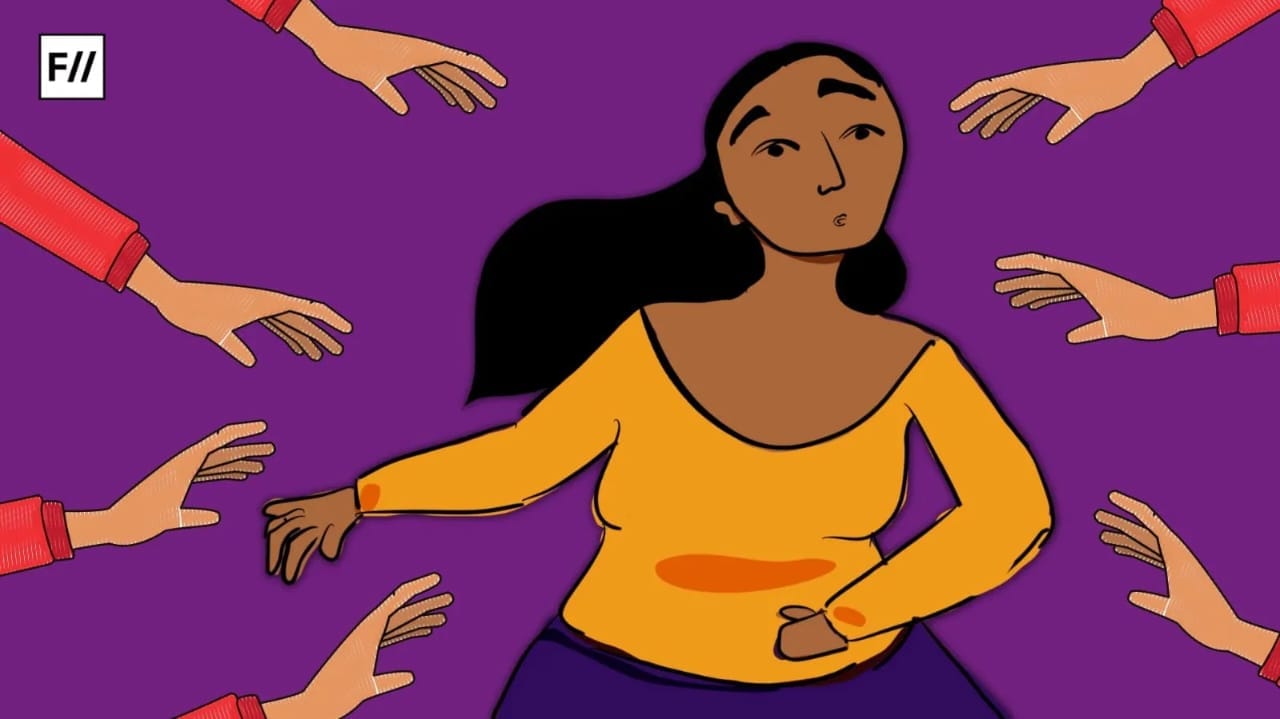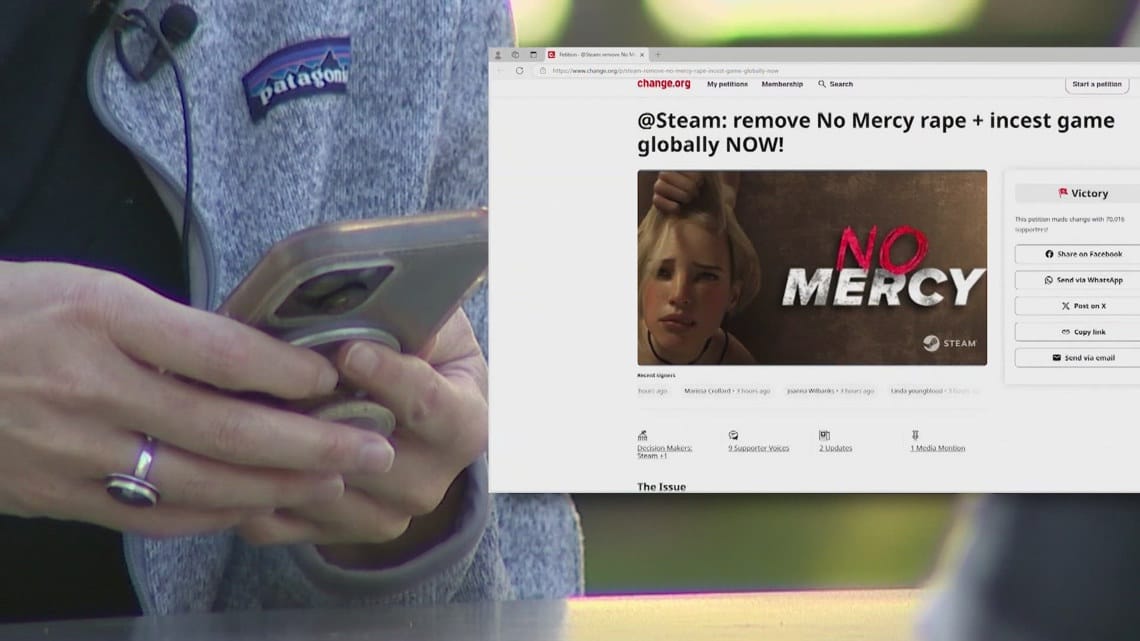Trigger Warning: Rape, Revenge Porn/Image Based Sexual Abuse
“I trusted him. But he sedated me, took me to a lonely place, and raped me,” said a survivor in Uttar Pradesh whose rape video was put online seven years after the rape. This is a common scenario in India, where rape videos are sold for as low as INR 200 and can be easily found on major pornographic websites like Pornhub.
Recently, Pornhub got flak for hosting and enabling child pornographic videos, rape videos, revenge porn, and spycam videos, among others. A New York Times article details how Pornhub profits from child sexual assault and pornography. A mere 10 days later, Verge reported that Pornhub is removing all videos uploaded to its site by unverified users, as part of a crackdown on user-uploaded content after two major payment processors suspended service. Till now, it has taken down over 10 million user-generated content.
Pornhub‘s decision is important and will help tackling child and non-consensual pornography, but it is not enough.
Many women who were trafficked into pornography reported that even though they managed to exit the profession, their videos still exist and have a huge mental health impact on their lives post porn.
Just like YouTube, Pornhub allows user-generated content. Much of which includes home-styled videos, revenge pornography, rape videos, voyeuristic videos, and spycam videos, among others. Lots of user-generated porn content is shot without consent and under coercion and constitutes rape videos.
Secondly, the platform also allows its users to download content. So, even if the videos are not available on Pornhub anymore, they can be shared and uploaded again on many other sites that do not have such strict guidelines.
Many women who were trafficked into pornography reported that even though they managed to exit the profession, their videos still exist and have a huge mental health impact on their lives post porn.
Just to be clear, pornography is not the problem here; non-consensual pornography is, and that’s where Pornhub and other major porn sites need to draw a line and clamp down on non-consensual videos. The existence of the deep web — part of the internet that cannot be indexed by common search engines — contributes to such gory and violent videos.
Another common form of non-consenual porn is image-based sexual abuse, popularly known as ‘revenge porn’. As described by the Oxford English Dictionary, revenge porn is “revealing or sexually explicit images or videos of a person posted on the internet, typically by a former sexual partner, without the consent of the subject and in order to cause them distress or embarrassment.”

Revenge porn describes the increasing phenomenon of people sharing private, sexual images of their former partners on the internet with the central objective of shaming them. It also entails people sharing such images for reasons other than revenge, perpetrators of sexual assault or voyeurs recording and distributing such images as well as hackers accessing private pictures and sharing them on the web. The perpetrators may even use such images to coerce a victim to follow certain instructions under the threat of sharing them, like a rejected partner trying to get things back to where they stood or a sexual assault perpetrator trying to prevent the victim from approaching the police.
In Canada, two teenage women Amanda Todd and Rehtaeh Parsons died by suicide within six months of each other. Their cases were still described as cases of “cyberbullying”. In Todd’s case, sexually explicit photos of her were distributed on the internet, prompting her family to relocate several times. However, she was unable to escape her past when her bully kept sending sexually explicit images of her to her classmates, teachers, and parents of her new schools. After one failed suicide attempt, she died by suicide in 2012. Rehtaeh Parsons was 15 when she was reportedly raped, while inebriated, at a party. The incident was photographed and distributed to people in her school and town a few days after the incident. She was driven to suicide due to harassment and slut-shaming.
In India, an infamous case of revenge porn was that of the DPS RK Puram MMS scandal in 2004. The 2.5-minute clip of two consenting 17-year-old students of Delhi Public School was distributed through multimedia messaging services (MMS) without the consent of the girl in the clip. An attempt was also made to sell the video on the internet.
As seen above, in one case the act in itself was consensual, but not the distribution, and in the other case, both the acts and the online distribution were non-consensual. The psychological impact of having to relive your rape again and again on social media and pornographic websites can be fatal.
Unsurprisingly, non-consensual porn videos are one of the top-visited categories. Brutal acts of violence against women and children are a source of entertainment. Many recent articles have thrown light on the growing market for rape videos in Uttar Pradesh.
Also read: Bodies Online: Image-Based Sexual Abuse Or ‘Revenge Porn’ In India
The growing popularity of such videos is also telling of the deeply entrenched rape culture in society.
In this context, the rape culture purports it as the responsibility of the trafficked women or victims of revenge porn to ensure that their non-consensual videos do not end up online and to report it to the authorities.
Rape culture doesn’t start with rape, it starts with the normalisation of rape jokes, objectification of women, casual sexism, and toxic masculinity, among others. It creates an environment or culture where these things are not just normalised but also celebrated.
‘India raped Pakistan in that cricket match‘ is a common phrase used during intense matches and is fairly acceptable.
What’s the harm in casually talking about rape in the context of sports, right? Wrong. Rape is a heinous crime that asserts power over its victim, violates them physically, sexually, and mentally, and takes away the victim’s agency and autonomy.
It also places the onus of safety on the victims.
So, in this context, the rape culture purports it as the responsibility of the trafficked women or victims of revenge porn to ensure that their non-consensual videos do not end up online and to report it to the authorities. There is no onus on the platform to disallow consensual porn videos and take swift and strict actions on non-consensual videos.
Popular culture, cinema, and media also do their part in reinforcing the rape culture by glamourising sexual assault with sexist lyrics, insensitive language, and exclusive under the skirt or breast shots. The use of rape for comic relief or to titillate the viewer not only trivialises the trauma of rape survivors but also normalises rape.
Also read: Please Mind The Orgasm Gap: Inspecting Unchecked Patriarchy In Porn
The pornographic websites must do their part to prevent the distribution and sale of non-consensual sex videos and rape videos on their platforms. But that alone won’t help. One needs to nip it in the bud, and start questioning the normalised rape culture.
Disclaimer: This article was first published on Firstpost and has been re-published here with consent.
Featured Image Source: Feminism In India
About the author(s)
Japleen smashes the patriarchy for a living! She is the founder-CEO of Feminism in India, an award-winning digital, bilingual, intersectional feminist media platform. She is also an Acumen Fellow, a TEDx speaker and a UN World Summit Young Innovator. Japleen likes to garden, travel, swim and cycle.




